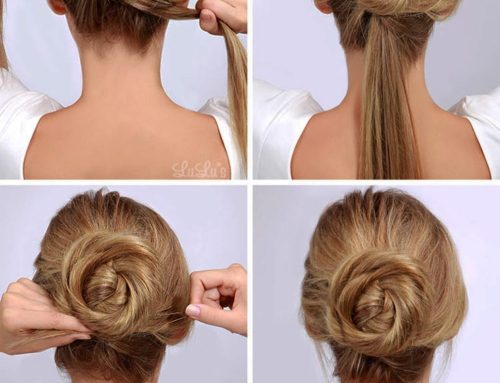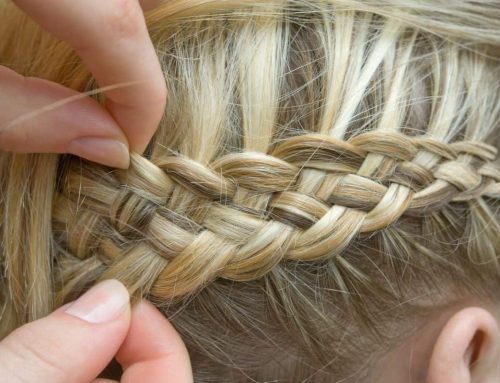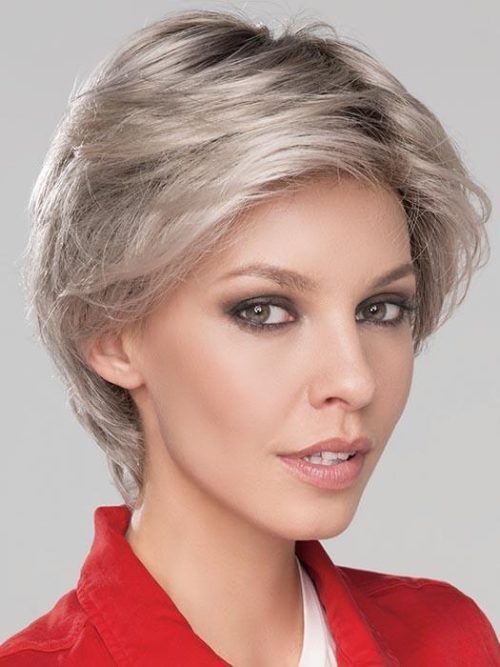Understanding Hair Loss During Chemotherapy
Losing hair during chemotherapy can be a challenging side effect for many individuals. Hair holds significant importance for many, and its loss can feel like a part of oneself slipping away. In this article, we delve into why chemotherapy triggers hair loss and offer practical tips for managing it. From scalp cooling techniques to exploring alternative hair options, we aim to provide valuable insights to help you navigate through this difficult phase. Whether you’re currently undergoing chemotherapy or simply seeking to broaden your understanding of it, this post offers valuable information to assist you.
The Mechanism Behind Chemo-Induced Hair Loss
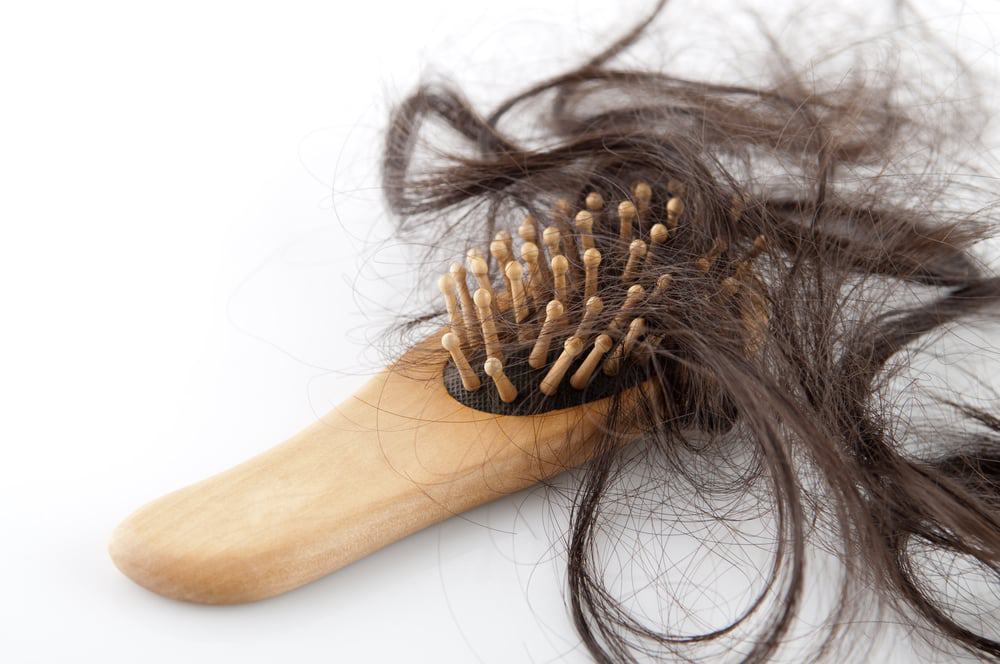
Chemotherapy, often referred to as “chemo,” serves as a widely used treatment approach for combating cancer. While this therapy effectively targets cancer cells, it also brings along common side effects, with hair loss being a prevalent one. Following your initial chemotherapy session, you may notice thinning or shedding of hair. While most cancer patients experience hair regrowth post-treatment, the new hair might not be as dense, and its texture could be finer and more prone to breakage.
Understanding the Impact of Chemo on Hair Growth
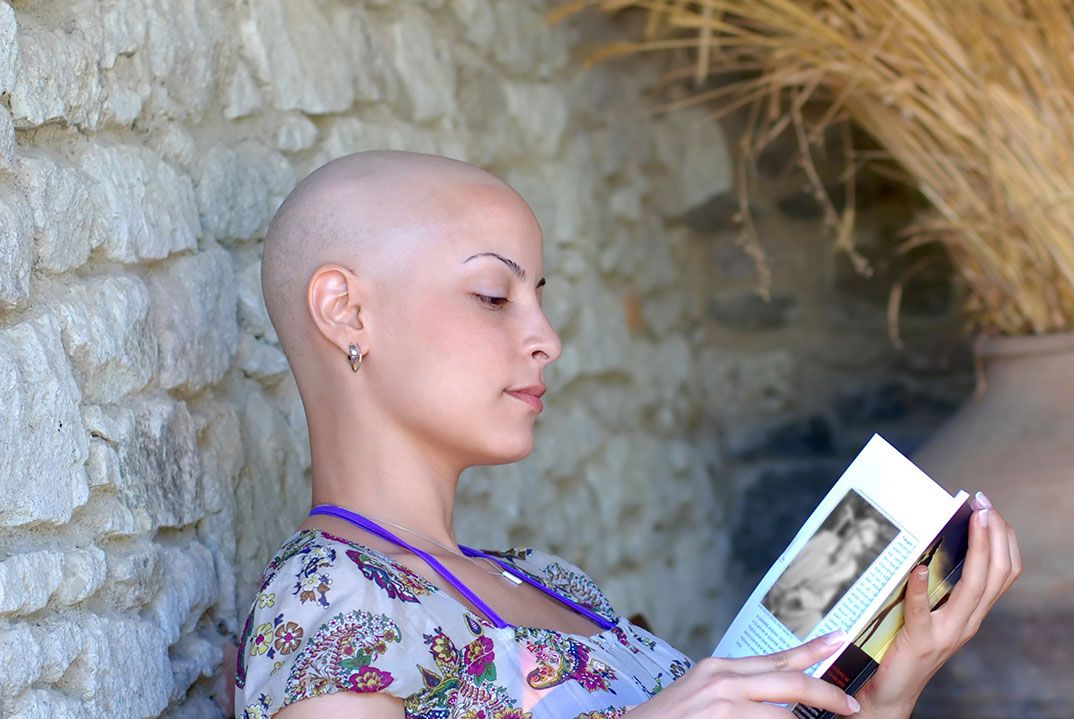
Under normal circumstances, hair follicles across our body, including the scalp, remain actively engaged in the anagen phase of the hair growth cycle. However, chemotherapy disrupts this cycle by introducing drugs into the bloodstream to target cancer cells. Unfortunately, this powerful treatment doesn’t discriminate and can also affect healthy cells, including hair follicles. Consequently, hair loss during chemotherapy occurs as a result of the inability of affected follicles to sustain hair growth during the anagen phase, a condition commonly referred to as “anagen effluvium.” Furthermore, this type of hair loss extends beyond scalp hair, often affecting body hair such as eyebrows, eyelashes, armpit hair, and leg hair.
The Timeline of Hair Loss Onset During Chemotherapy
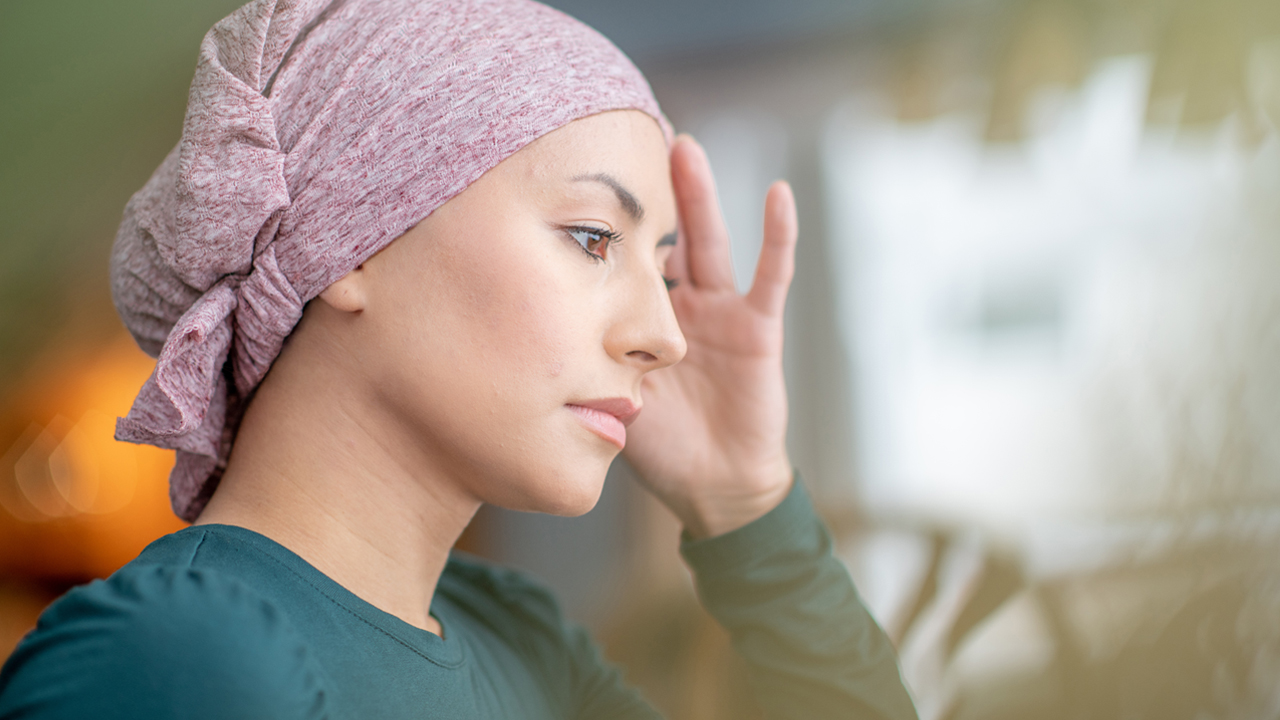
The onset of hair loss isn’t uniform and varies among individuals undergoing chemotherapy. Typically, hair loss begins swiftly, with symptoms manifesting shortly after the initiation of treatment. Initially, you might experience mild shedding within days to weeks post-treatment, followed by more extensive hair loss over the subsequent two to three months. Initially subtle, this symptom gradually becomes more pronounced over time, accompanied by sensations of itching, tingling, or scalp redness.
The Journey of Hair Regrowth After Chemotherapy
The duration for hair regrowth post-chemotherapy varies from person to person. Generally, hair begins to grow back a few weeks after completing chemotherapy as hair follicles resume their normal growth cycle. Over the next three to six months, hair growth becomes more noticeable and robust. Some individuals may even experience hair regrowth before completing their treatment regimen. During the initial phase of regrowth, the new hair tends to be soft, gradually gaining thickness over time. However, it’s essential to note that certain chemotherapy treatments, such as cyclophosphamide, may lead to permanent hair loss.
Timeline of Hair Growth After Chemotherapy:
- 2-3 weeks after Chemo: Light, soft, and frizzy hair starts to grow.
- 1-2 months after Chemo: Growth of thicker hair begins.
- 2-3 months after Chemo: Hair grows around one inch.
- 3-6 months after Chemo: Hair grows around two to three inches.
- 6-12 months after Chemo: Substantial hair growth becomes visible.
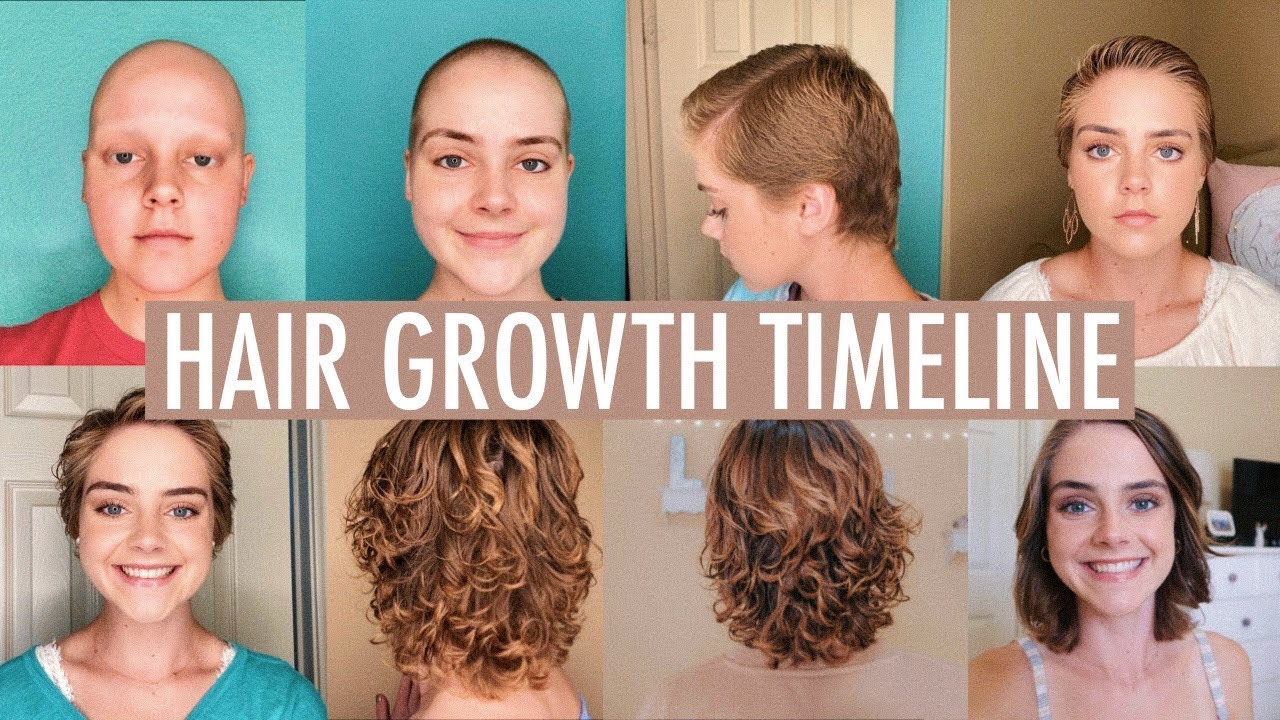
Understanding Hair Loss Due to Chemotherapy
One of the distressing side effects of chemotherapy is hair loss, and understanding why it occurs can help patients cope better with its effects. Chemotherapy drugs, while effective against rapidly dividing cancer cells, also harm healthy cells, including those responsible for hair growth. This happens because these drugs can’t differentiate between cancerous and normal cells, leading to damage to hair follicles. Hair loss can vary depending on factors such as the specific chemotherapy drug used, its dosage, timing, and method of administration.
Factors Influencing Hair Loss
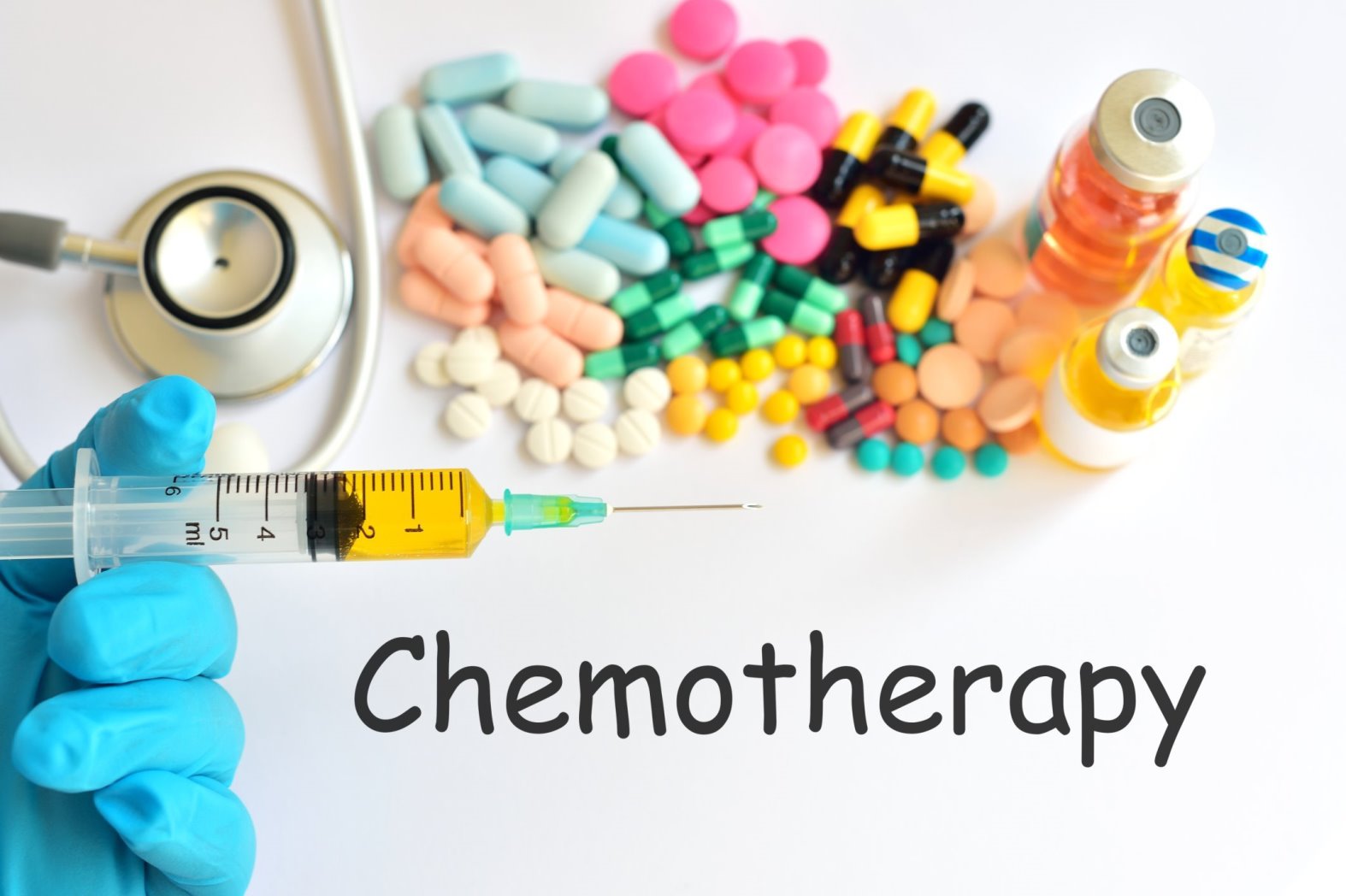
- Chemotherapy Drug Type: Different classes of chemotherapy drugs affect hair loss differently. For instance:
- Alkylating agents: These drugs, like Cytoxan and Ifex, are potent in treating various cancers but often cause significant hair loss by disrupting DNA repair in cancer cells.
- Antimetabolites: While less likely to cause hair loss, drugs in this category can still lead to some thinning of hair.
- Anti-tumor antibiotics: Drugs like Adriamycin and Idarubicin are known to cause hair loss by interfering with cancer cell growth.
- Topoisomerase inhibitors: Etoposide and irinotecan, among others, can lead to hair loss by preventing DNA repair in cancer cells.
- Mitosis inhibitors: Drugs such as Taxol and Ellence interfere with microtubule assembly, resulting in hair loss.
Dosage and Frequency of Treatment

Generally, higher drug doses increase the risk of hair loss. Higher doses continually stimulate hair follicles, disrupting their natural growth cycle. Therefore, patients with advanced-stage cancers who undergo multiple rounds of chemotherapy are more likely to experience complete hair loss.
Chemotherapy Regimen
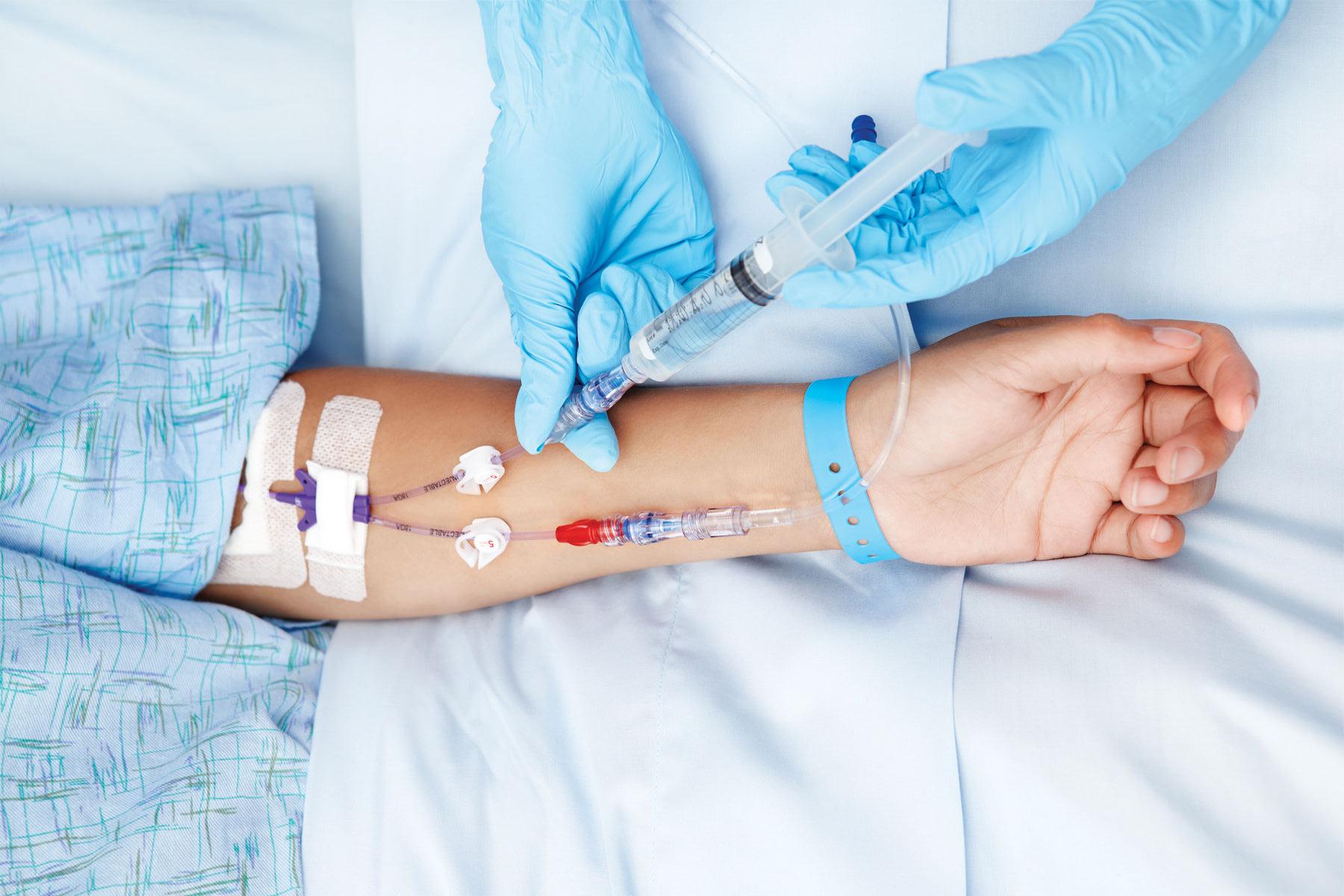
Combination chemotherapy, where multiple drugs are used together, is common for effectively treating certain cancers. While one drug alone might cause minimal hair loss, a combination regimen can exacerbate hair loss. Oncologists tailor treatment plans based on individual medical histories and cancer types, often combining drugs to increase efficacy, but this can also intensify hair loss.
Administration Method
The way chemotherapy drugs are administered also impacts hair loss. Whether through injections, oral pills, or intravenous infusion, the method of delivery can influence the severity of hair loss experienced by patients undergoing treatment.
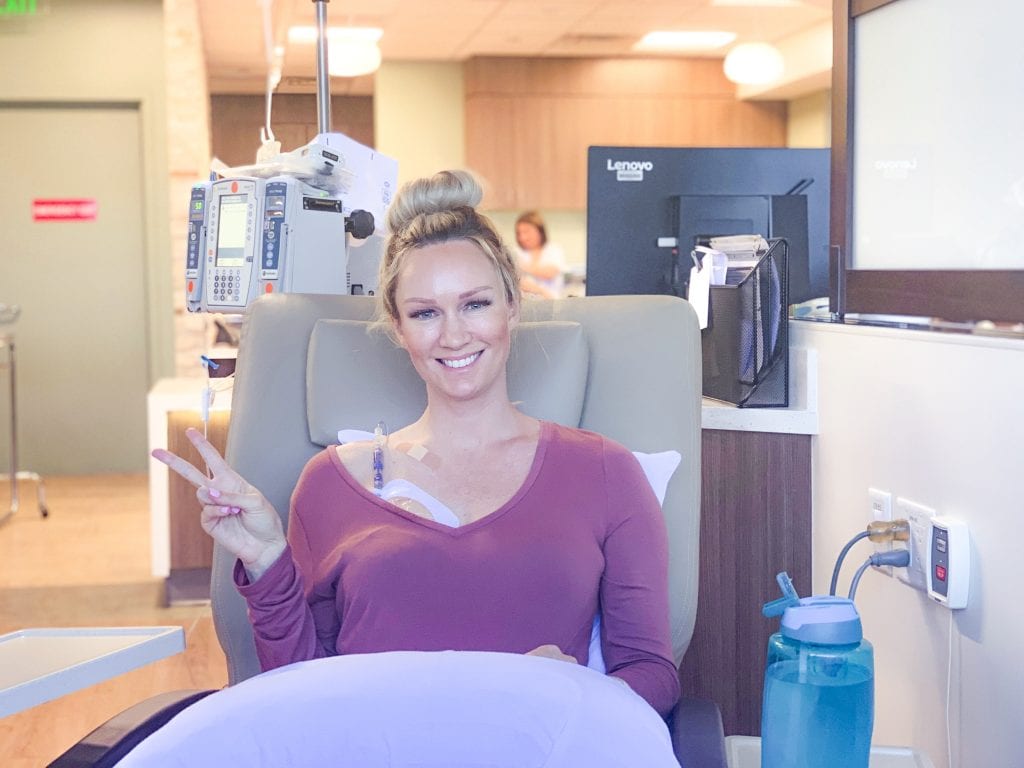
Intravenous (IV) injections involve the direct delivery of drugs into the bloodstream via a needle or tube inserted into a vein. This immediate access allows the drugs to circulate throughout the body, inevitably reaching the hair follicles and potentially causing hair loss. In contrast, oral medications typically don’t enter the bloodstream until they’re absorbed in the stomach or intestines, reducing their impact on hair follicles. Consequently, patients receiving IV injections are at a higher risk of experiencing hair loss compared to those taking oral medications.
Factors Affecting Hair Loss
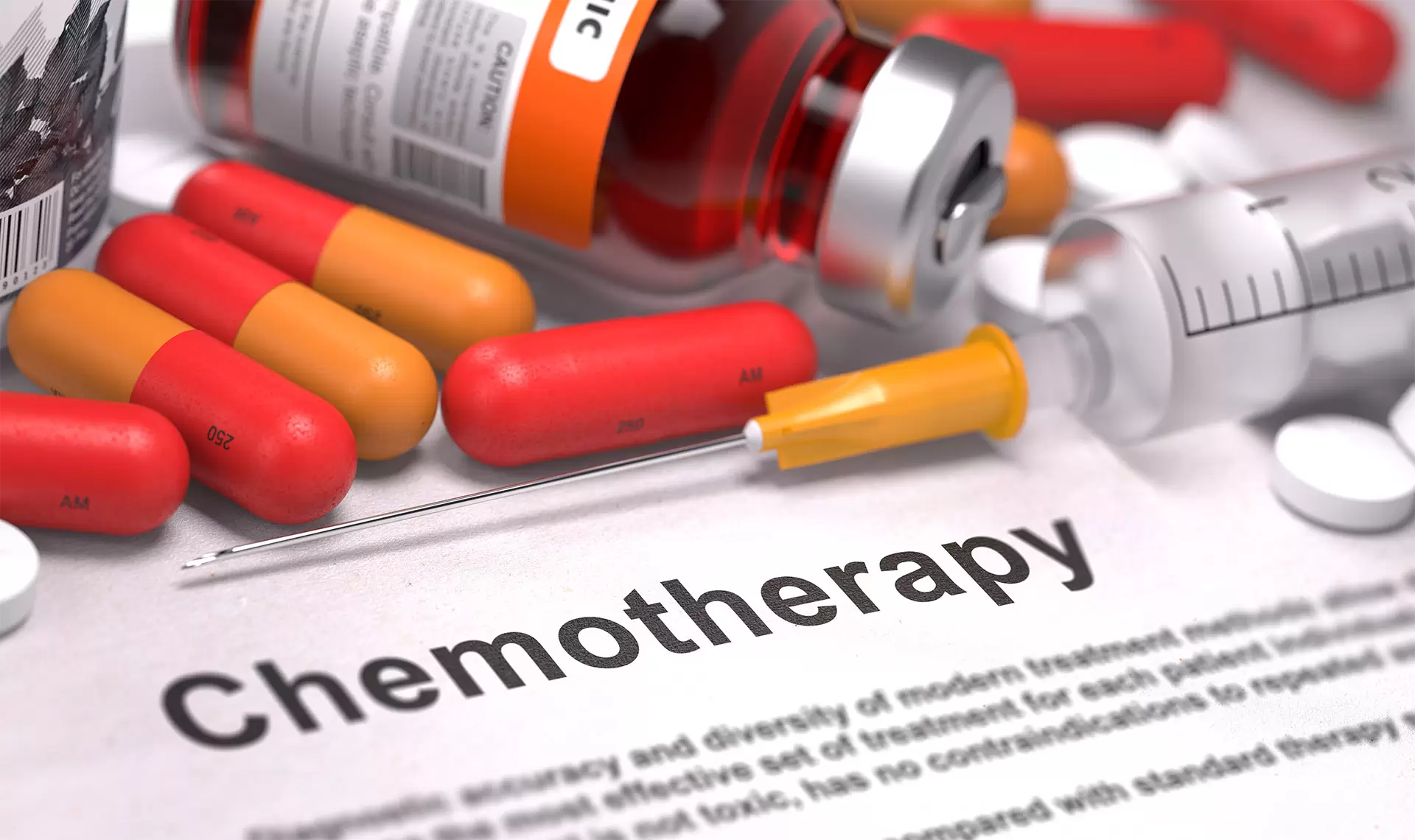
Medical advancements have led to the development of newer chemotherapy drugs that target cancer cells more specifically, minimizing collateral damage to healthy cells. These drugs offer improved efficacy with reduced side effects, potentially lowering the risk of hair loss.
Individual Susceptibility
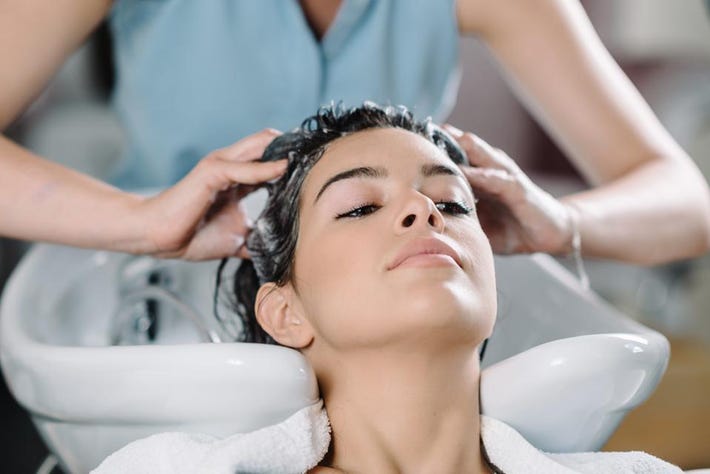
Each individual’s response to chemotherapy varies based on factors such as age, gender, overall health, immune function, and skin type. Older patients and those with compromised health may be more prone to hair loss due to increased sensitivity to medications. Additionally, individuals with sensitive scalps are likely to experience more severe hair loss.
Managing Chemo-Induced Hair Loss
Pre-Chemo Preparation
1. Gentle Hair Care
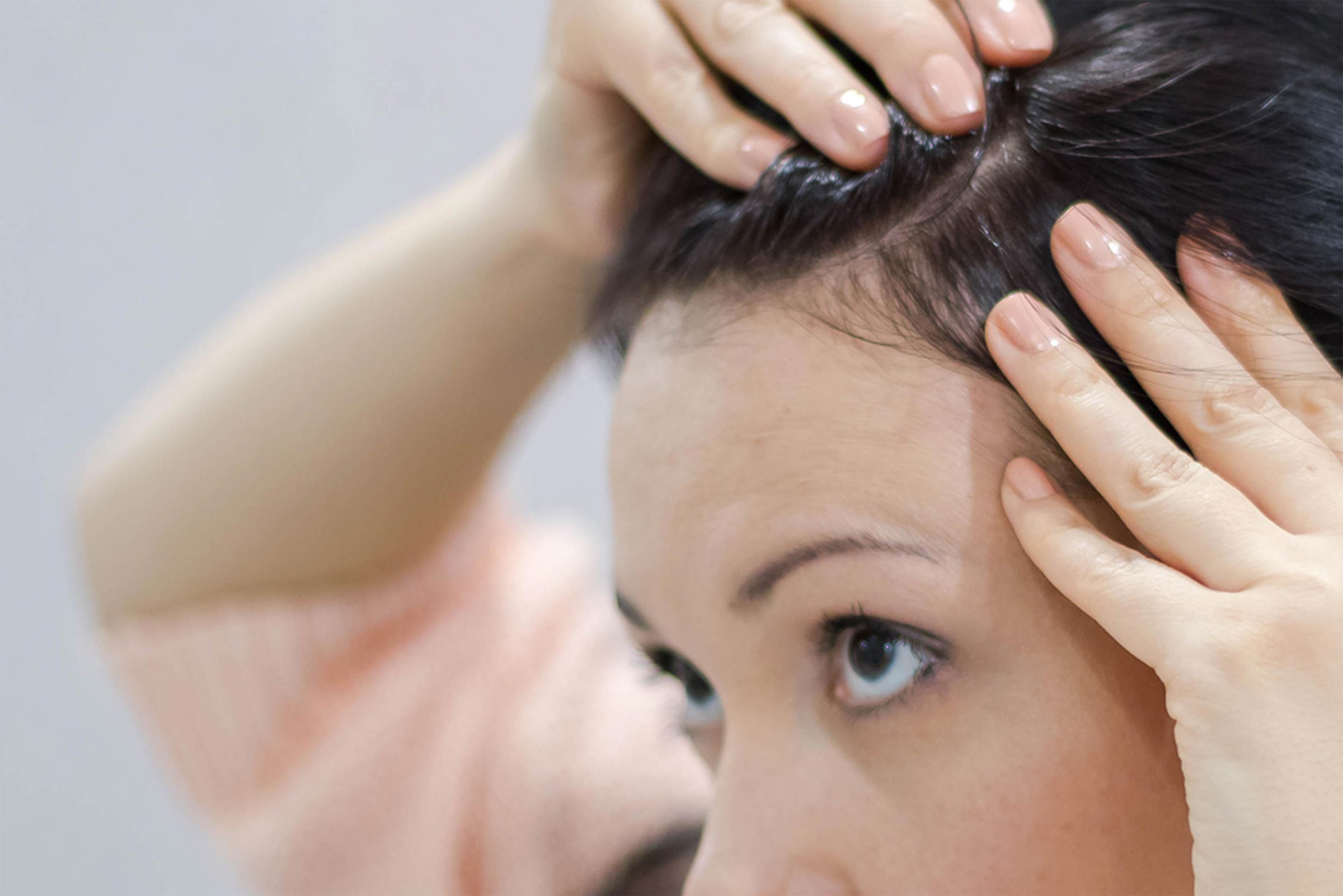
Prioritize gentle hair care practices by avoiding harsh treatments like coloring, perming, or bleaching, which can damage hair. Limit shampooing to twice a week and opt for natural, moisturizing products to maintain scalp health. Minimize heat styling and excessive brushing to reduce hair stress.
2. Use Mild Hair Care Products
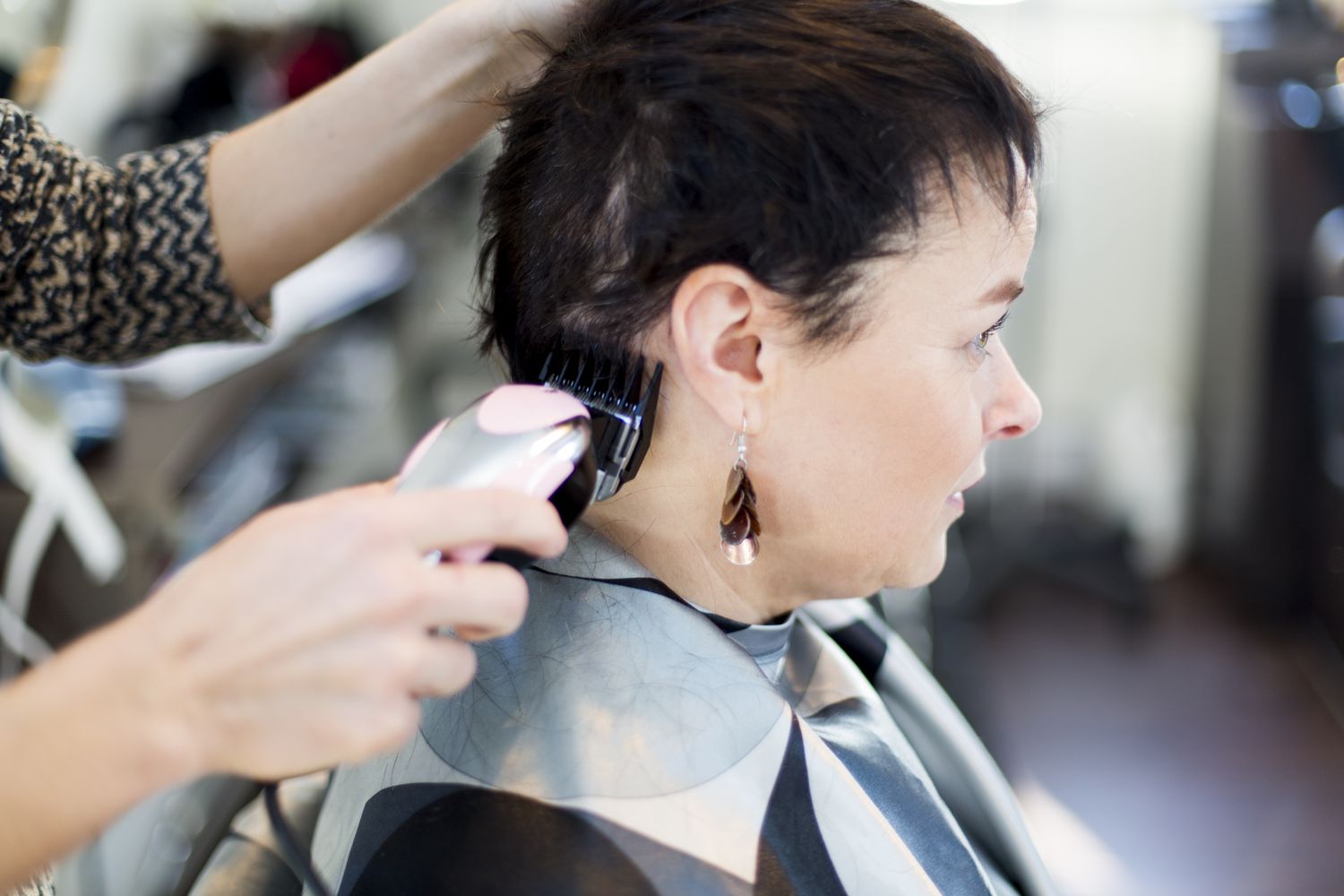
Select hair care products with natural ingredients to prevent scalp dryness caused by harsh chemicals. Opt for simple, moisturizing conditioners to nourish and protect hair without weighing it down.
3. Consider a Haircut
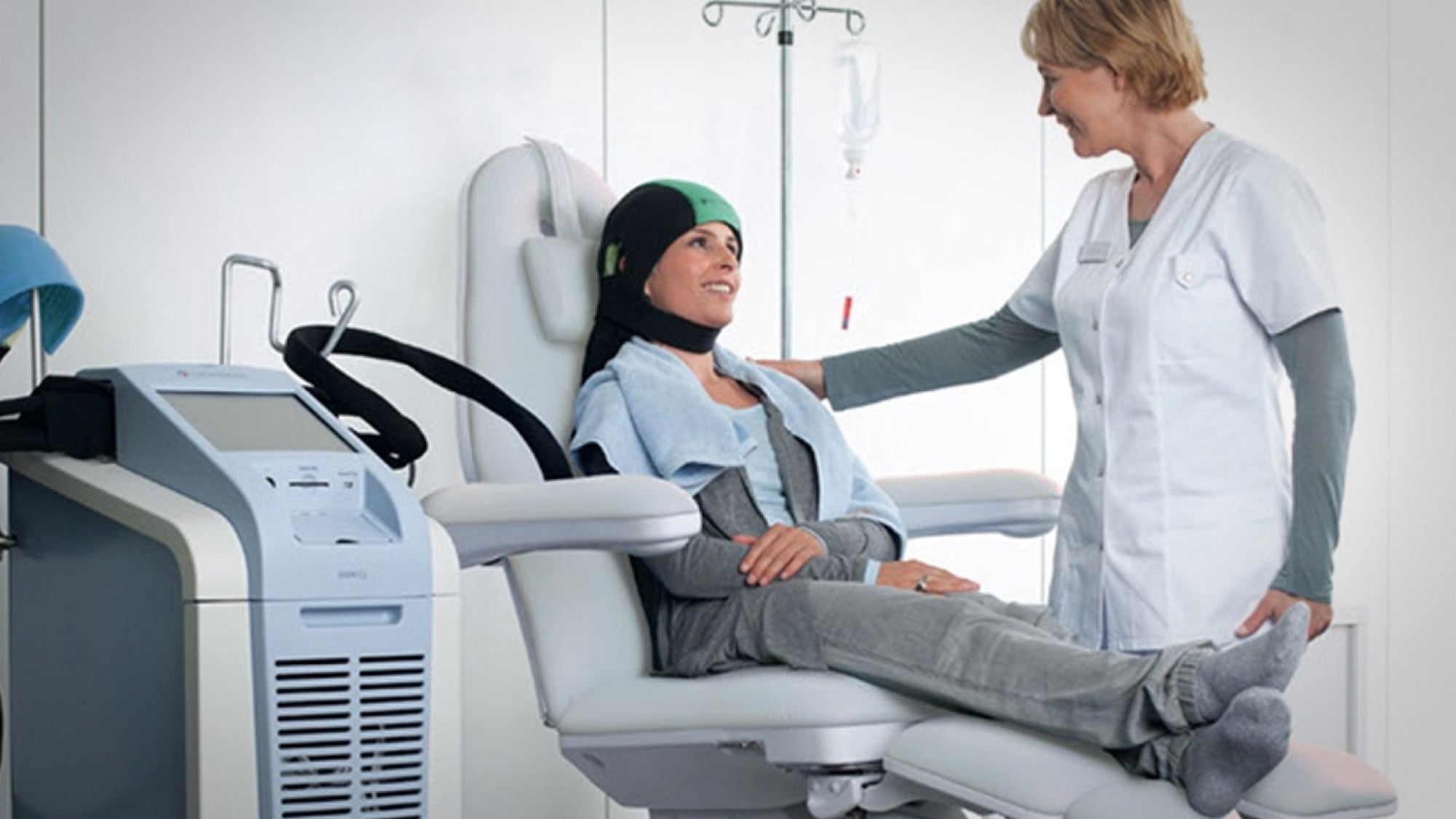
Consider cutting your hair short before chemotherapy to minimize the visual impact of hair loss. Shorter hair can appear fuller and is easier to manage during treatment. Some individuals opt to shave their heads preemptively to embrace the inevitable changes and regain a sense of control.
4. Explore Scalp Cooling
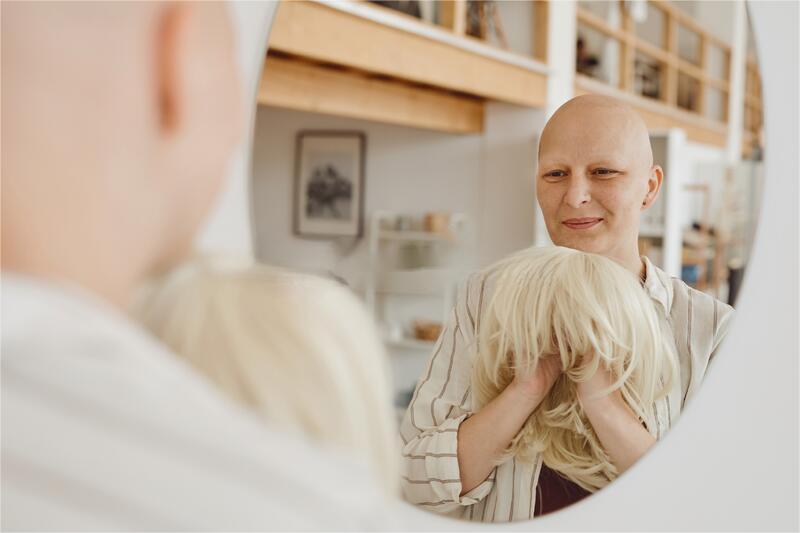
Scalp cooling is a technique aimed at minimizing chemotherapy-induced hair loss by reducing the exposure of hair follicles to certain chemotherapy drugs. However, its effectiveness varies depending on the drug used, and outcomes are not guaranteed. The process involves continuous cooling before, during, and after chemotherapy, achieved through two methods: cold caps filled with gel or a refrigerated cooling system that pumps a liquid coolant through the cap. While you may feel temporary discomfort from the cold, it’s a worthwhile consideration to preserve your hair. It’s advisable to inquire about scalp cooling facilities at your hospital before treatment.
Prepare Hair Coverings

If you prefer not to reveal baldness during treatment, preparing hair coverings such as wigs, toppers, or headscarves can help maintain your appearance. When selecting wigs, consider factors like material (human hair vs. synthetic), maintenance needs, and budget. Human hair wigs offer versatility but require more care, while synthetic wigs are durable and budget-friendly. Toppers are ideal for partial hair loss and come in various styles and base types to suit your preferences. Additionally, you can explore custom options to tailor your covering to your exact needs. Take your time to research and choose the best option for you.
Other Suggestions
-
Prioritize a balanced diet before chemotherapy to support your body’s resilience to treatment side effects.
-
Explore eyebrow tattoos and false eyelashes as alternatives if you experience hair loss in these areas.
-
Experiment with headwear like headbands and hats, which can serve as alternatives or complements to wigs and toppers.
-
Seek support from hair loss communities and resources online to find guidance and encouragement during your journey.
-
Consider donating your hair to help others undergoing similar experiences.
-
Approach hair loss with resilience and a positive mindset to navigate the challenges with strength and confidence.
Intra-Chemo Management
Pamper Your Remaining Hair
Invest in gentle hair care products and practices to nurture any remaining hair during chemotherapy. Opt for sulfate-free shampoos, hydrating conditioners, and avoid heat styling tools to minimize damage and maintain scalp health.
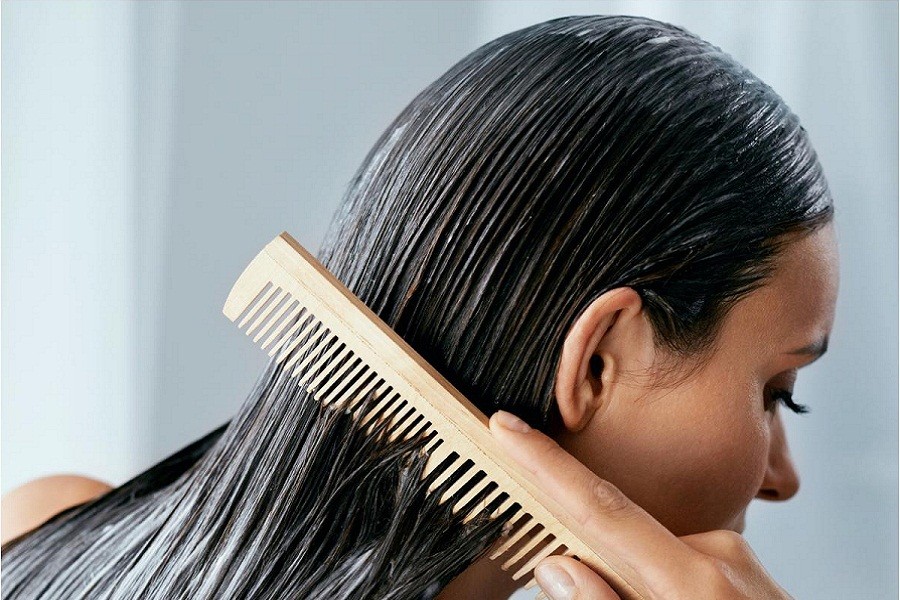
Maintaining proper hair care during chemotherapy is crucial to minimize damage and promote scalp health. Here are some tips to follow:
1. Gentle Hair Care Routine
- Wash Infrequently: Avoid overwashing your hair; aim for every two to four days. Use lukewarm water and mild shampoos and conditioners to prevent irritation.
- Selective Conditioning: Apply conditioner only to the mid-lengths and ends of your hair to avoid weighing down your scalp.
- Gentle Drying: Pat your hair and scalp dry with a soft towel and allow it to air-dry. Use a soft-bristle brush or wide-tooth comb to detangle, starting from the tips and working your way up to the scalp.
- Finger Combing: Alternatively, use your fingers to gently comb through your hair, wetting them first to minimize breakage.
2. Scalp Protection
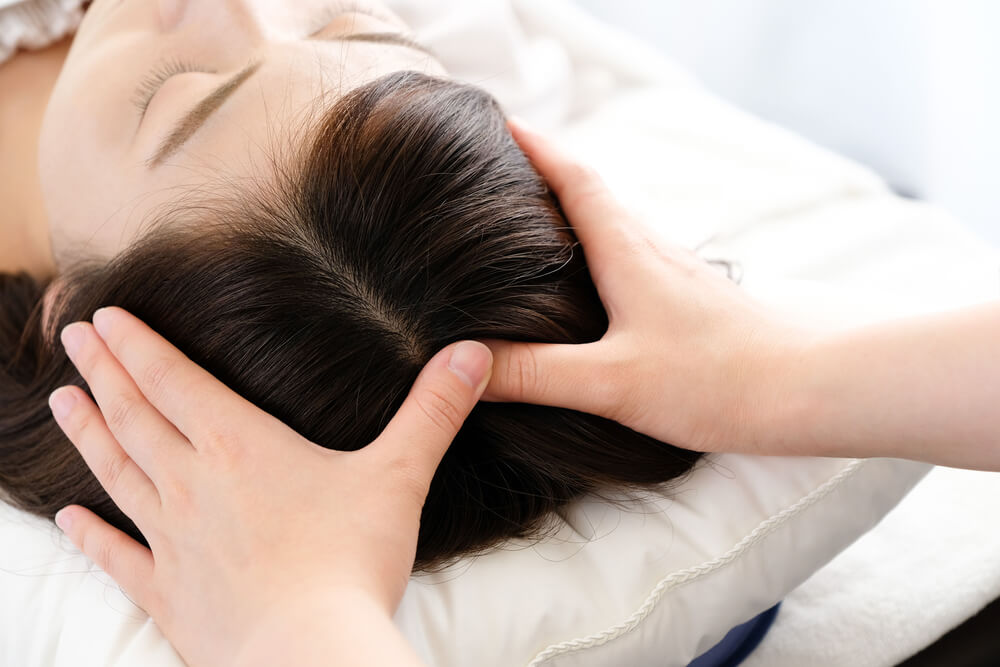
Shield your sensitive scalp from external factors:
- Sun Protection: Wear head coverings like hats or scarves to shield your scalp from the sun’s rays during summer. Apply sunscreen as needed.
- Winter Care: Keep your head warm in cold weather to prevent scalp irritation. Opt for natural fiber pillowcases or silk for smoother hair and reduced tangling.
Other Recommendations
- Avoid Hair Stress: Refrain from tight hairstyles like braids or ponytails during treatment.
- Avoid Harsh Products: Steer clear of hair products like hairspray, dyes, and heat tools, as well as accessories like clips and hair ties, which can exacerbate hair loss.
Post-Chemo Care
1. Medications
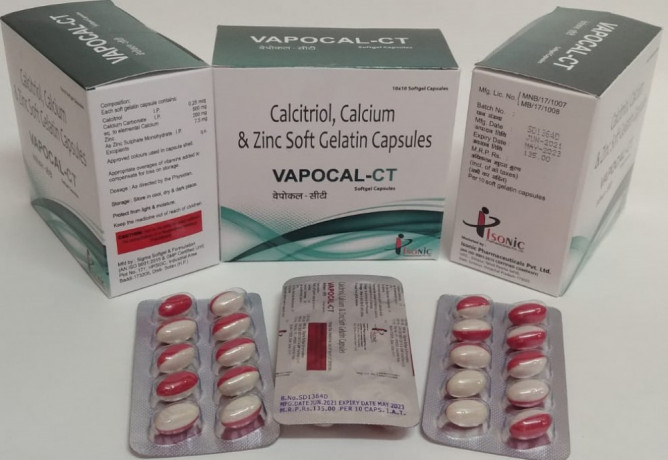
Consider these medications to aid in hair regrowth:
- Minoxidil: Topical minoxidil (2%) promotes rapid hair growth post-chemotherapy by prolonging the anagen phase and enlarging shrunken hair follicles.
- Antioxidants: N-acetylcysteine protects against chemotherapy-induced alopecia (CIA) caused by drugs like cyclophosphamide and doxorubicin.
- Calcitriol: This agent interferes with DNA synthesis and promotes hair regrowth, although caution is advised due to potential side effects.
2. Vitamins
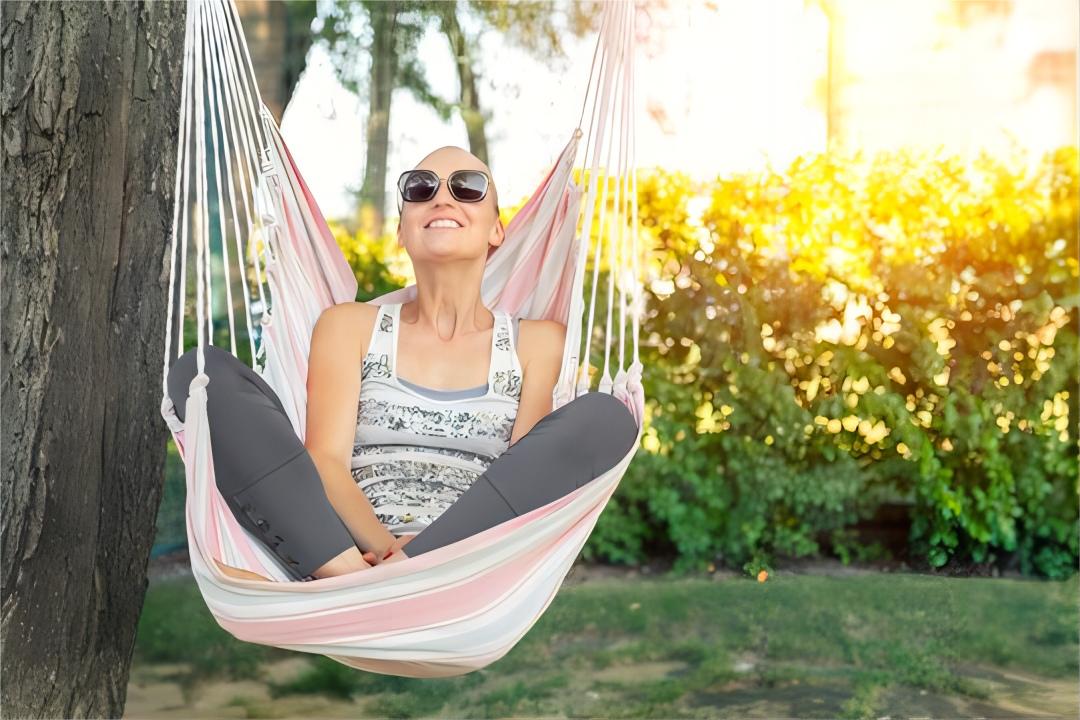
Incorporate these vitamins into your diet to support hair health:
- Biotin (Vitamin B7): Found in eggs, seafood, and leafy greens, biotin may accelerate hair growth post-chemotherapy.
- Vitamin A: Encourages healthy scalp sebum production; consume from sources like dairy, fish, and liver.
- Vitamin C: Acts as an antioxidant to protect cells from damage; increase intake through fruits and vegetables like oranges and peppers.
3. Mental Wellness
Maintain a positive mindset and seek support to navigate the emotional challenges of hair loss during and after chemotherapy. Embrace self-care practices and engage in activities that promote overall well-being.

-
Refine Your Makeup Techniques: Embrace the power of makeup to enhance your features and boost your confidence. Explore online tutorials and learn from makeup influencers. Experiment with different looks to find what makes you feel beautiful and empowered.
-
Adorn Yourself with Accessories: Accessorize with hats, jewelry, and earrings to elevate your style. Rediscover your favorite accessories and treat yourself to new ones. Admire yourself in the mirror as you accessorize, reveling in the joy it brings.
-
Revamp Your Look: Embrace the opportunity to switch up your style. Experiment with different clothing styles that reflect your personality. Whether you opt for a playful, vintage, or neutral look, embrace the excitement of discovering new facets of your style.
-
Embark on Family Adventures: Plan enriching trips with your loved ones, whether near or far. Immerse yourself in new experiences, savoring breathtaking landscapes and diverse cuisines. Cherish moments of joy with your family, providing solace and strength during challenging times.
Final Reflections
Hair loss can undoubtedly be a challenging aspect of cancer treatment, but it’s essential to remember that it’s often temporary. With time and proper care, hair regrowth is typically achievable post-treatment.
So, maintain a positive outlook, draw strength from your support network, and trust in the resilience of your spirit. You are not alone in this journey. Together with your loved ones and healthcare team, you can navigate through adversity and emerge even stronger.
